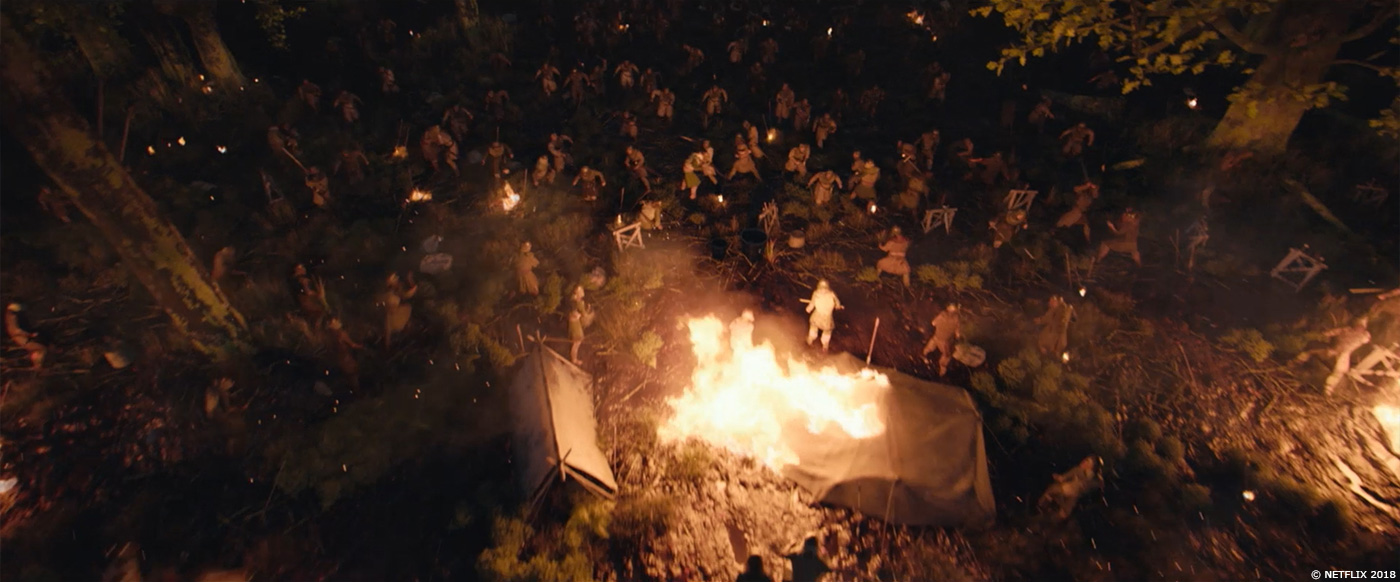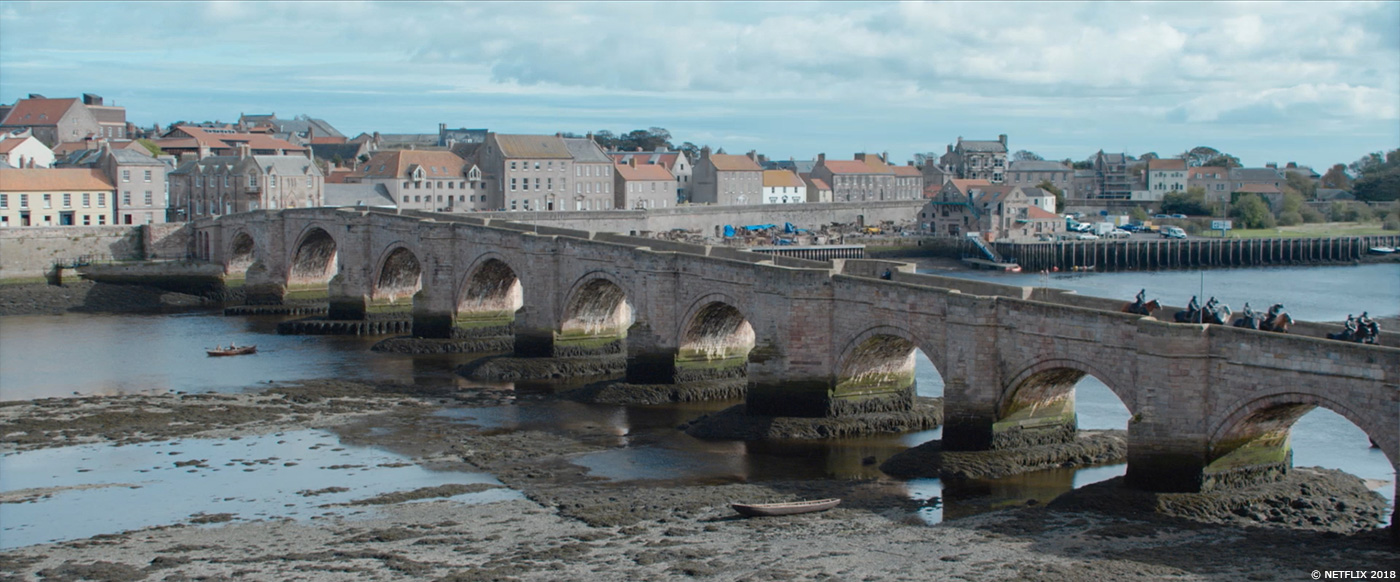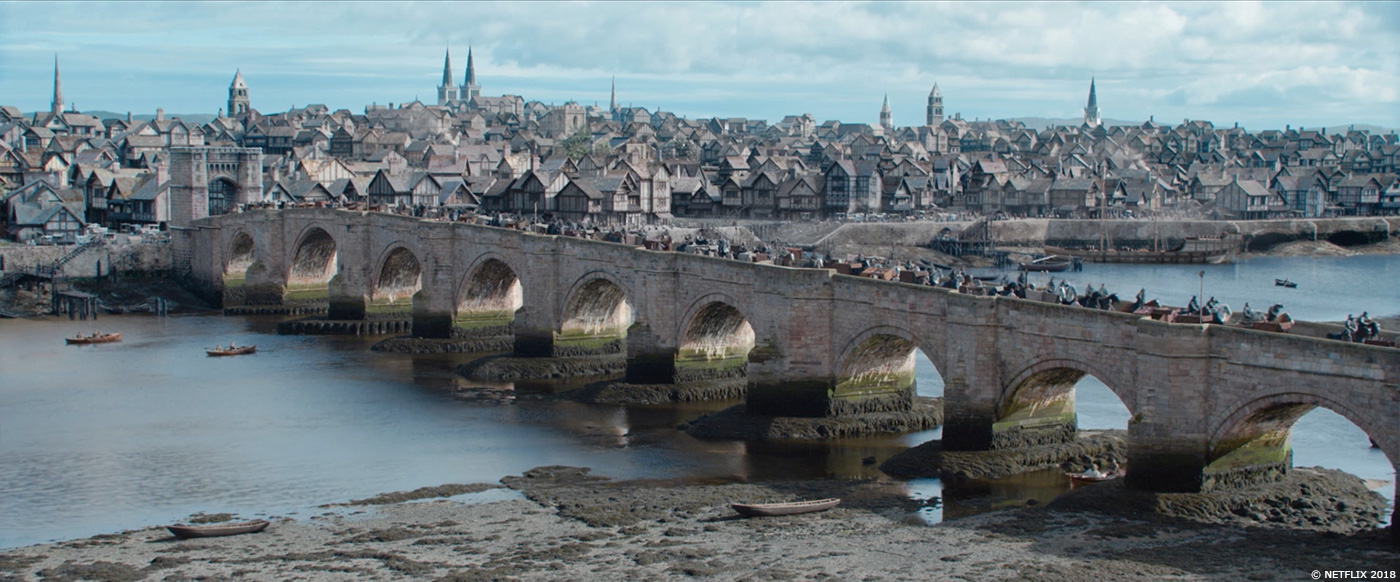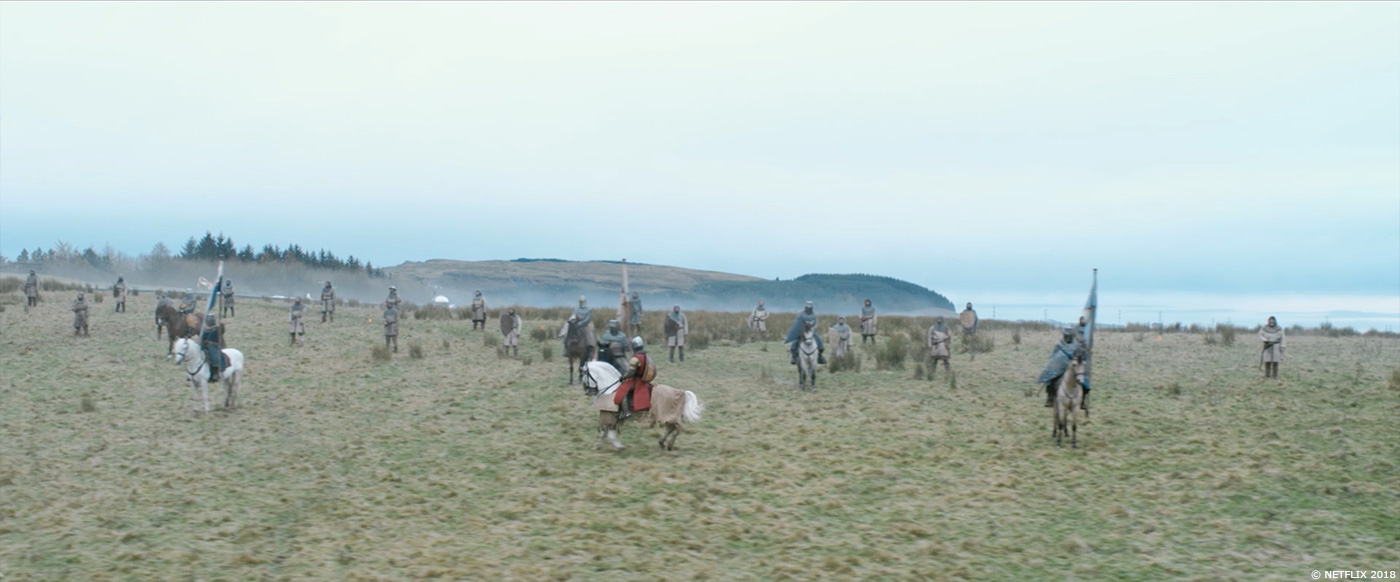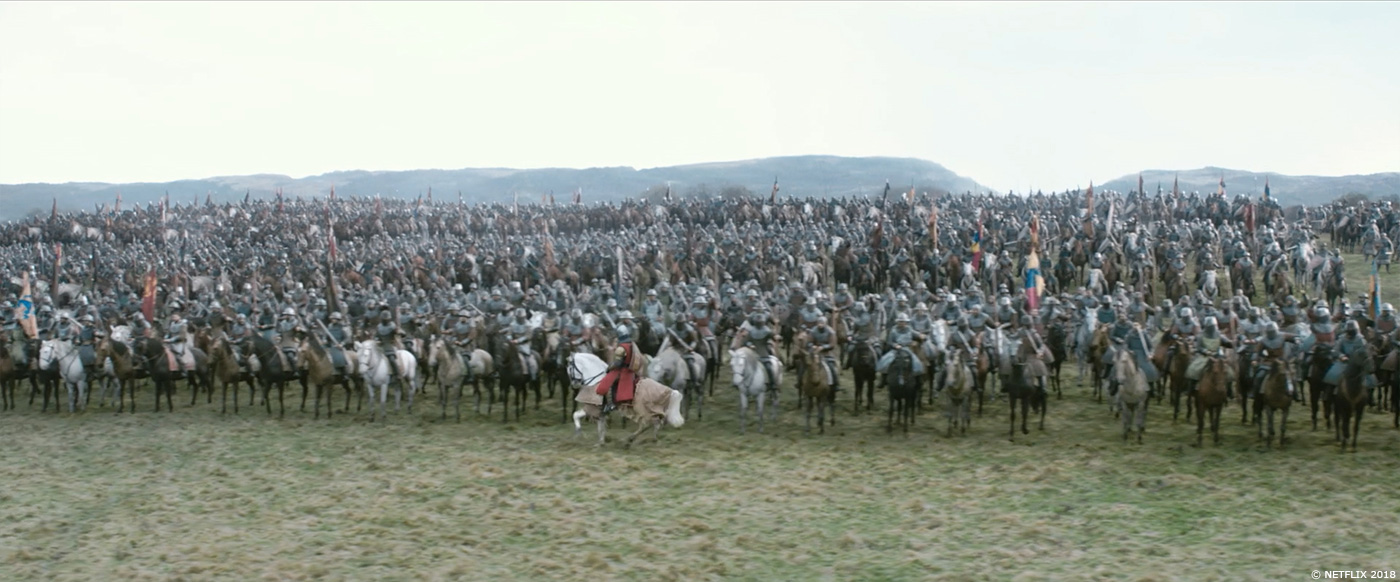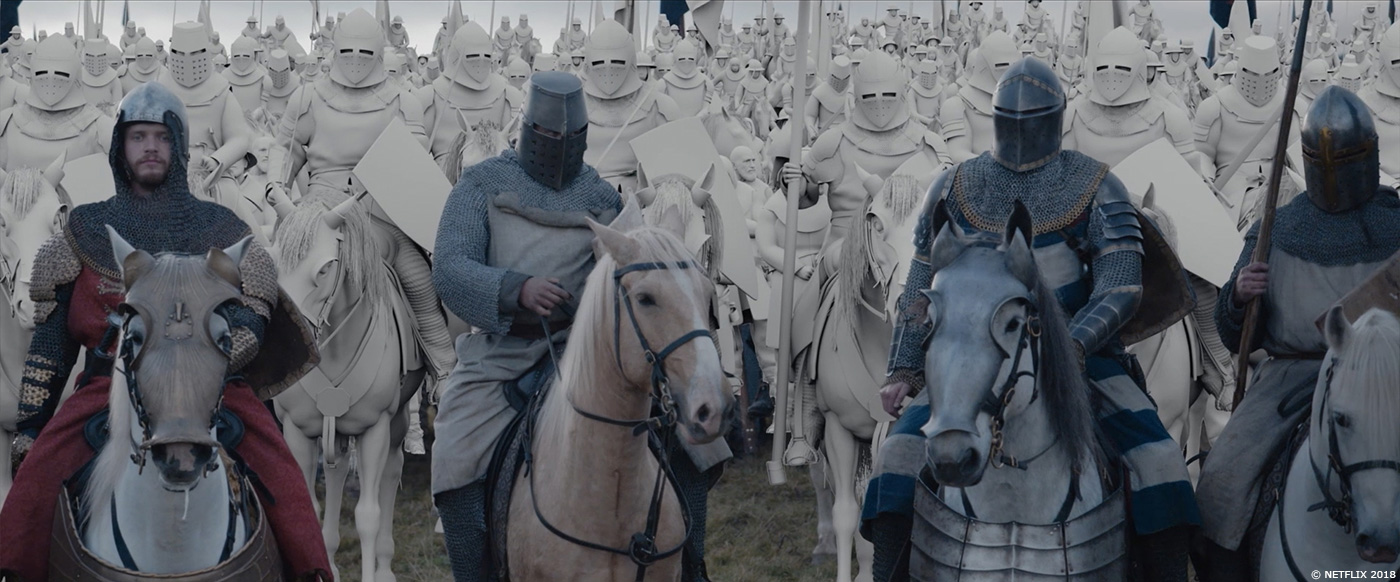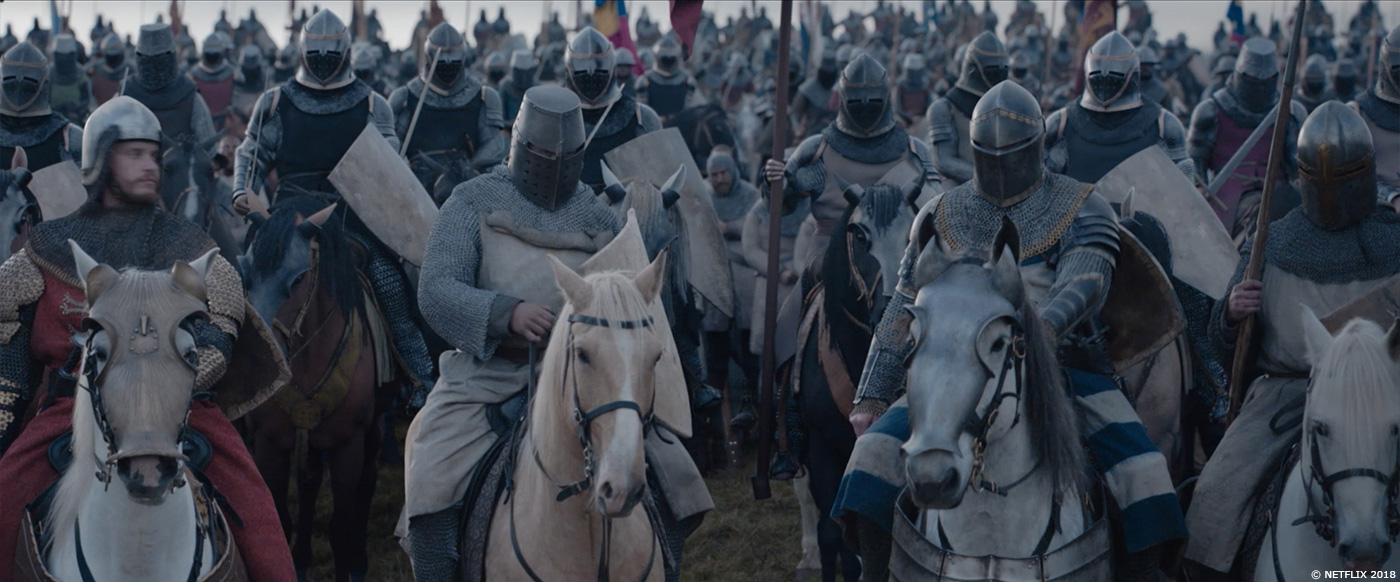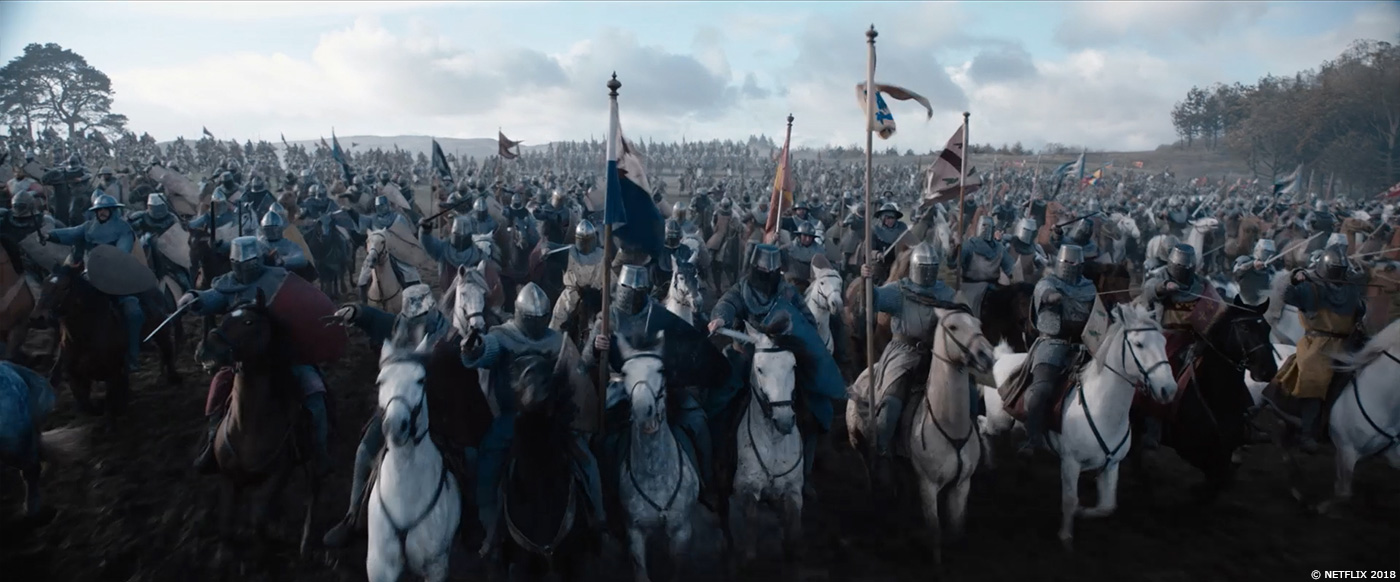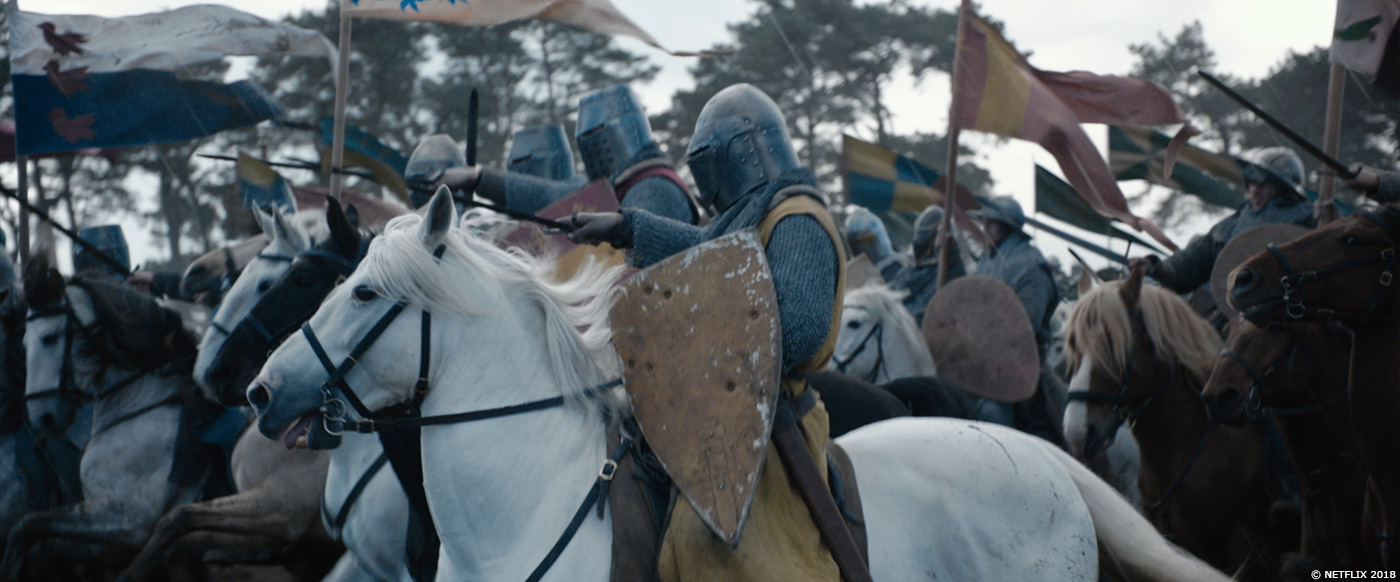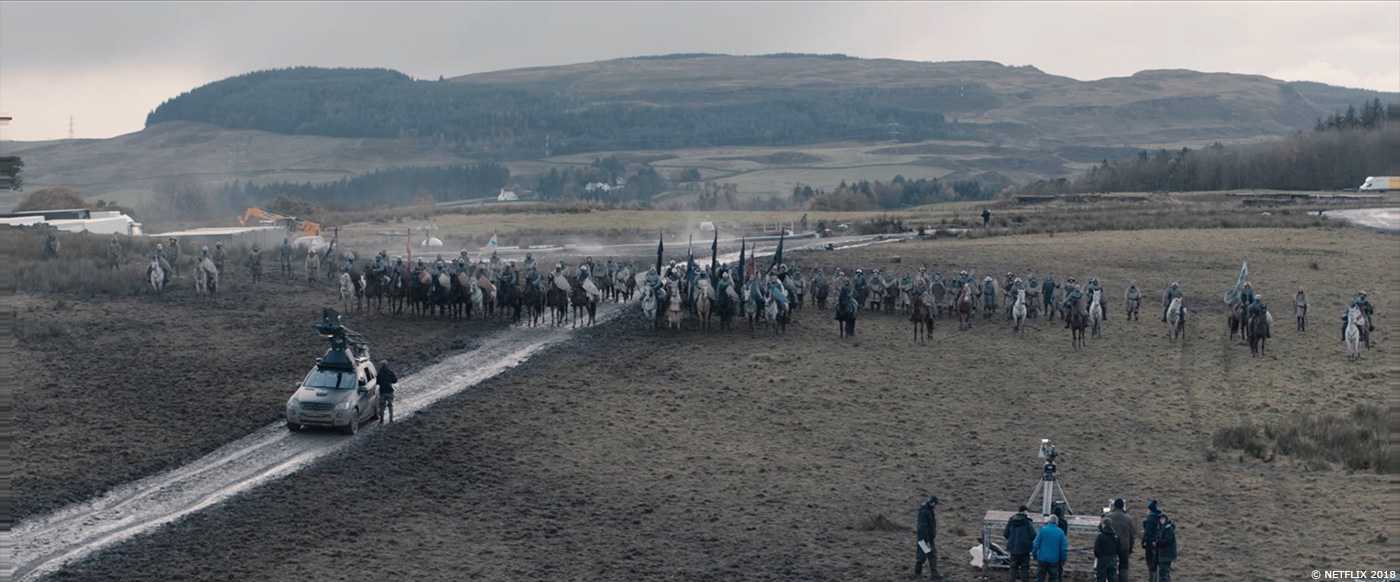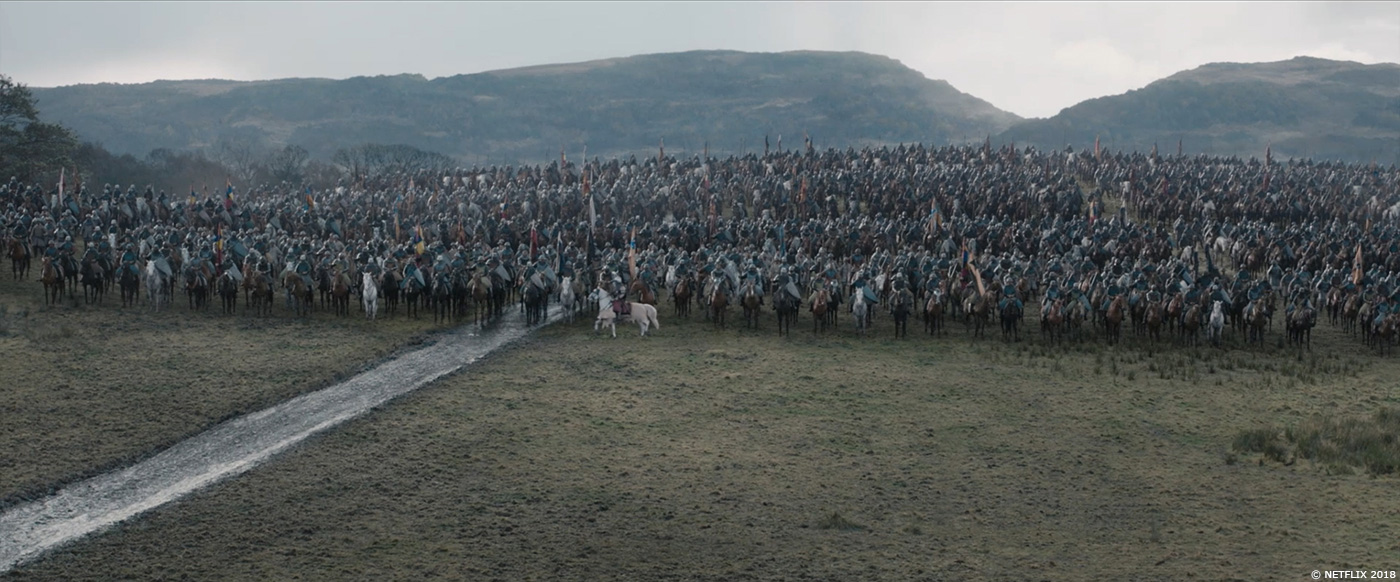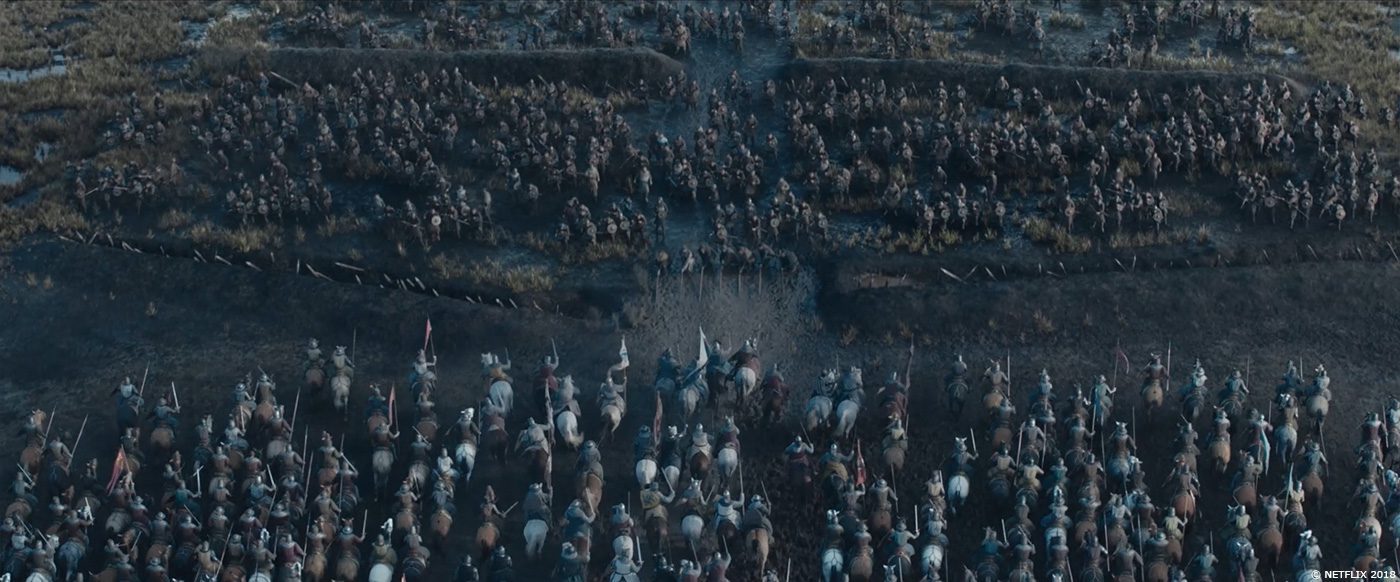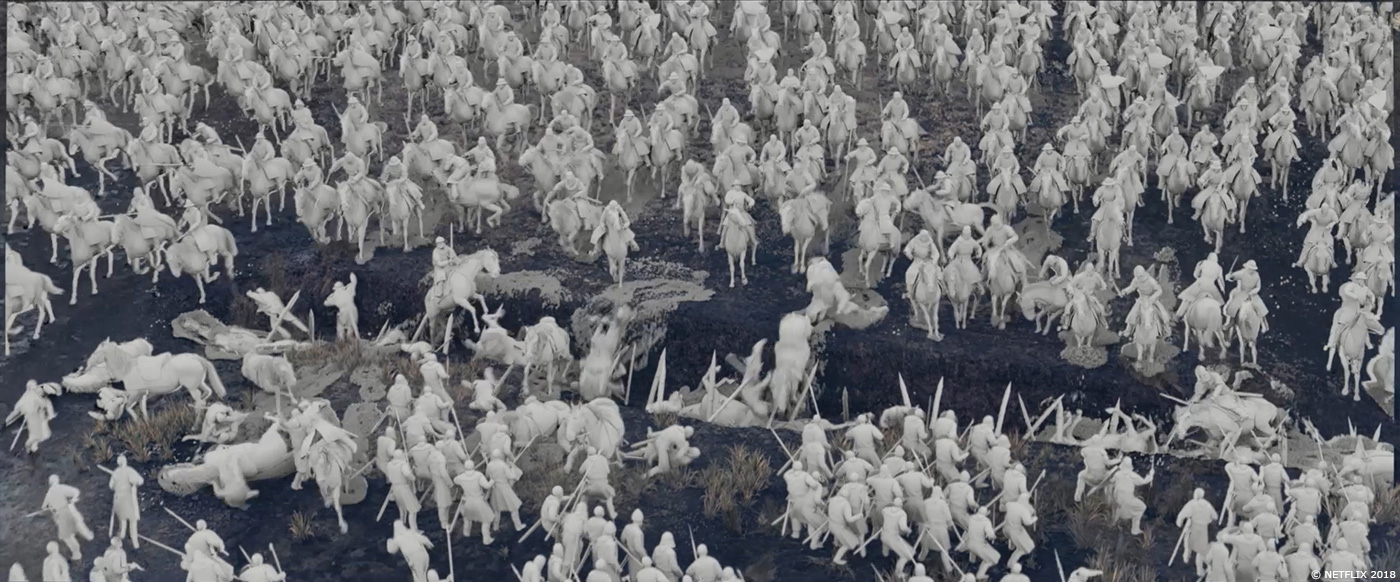Dan Bethell began his career in 2001 at MPC. He works in many studios such as Rising Sun Pictures, Iloura and Method Studios. He worked on films like BATMAN BEGINS, TERMINATOR SALVATION, SPIDER-MAN: HOMECOMING and THOR: RAGNAROK.
What is your background?
A bit arty and a bit techy. I loved graphic design growing up and wanted to pursue illustration after school, but had also been programming from an early age, so when I found out I could combine the two I was sold!
I was lucky enough to study Computer Animation and Visualization at Bournemouth University before starting in the industry as a pipeline developer. I was able to apply my software skills whilst learning everything I could about the entire VFX process. From there I moved into more 3D-centric departments like R&D and FX, before some time as a CG Supervisor. Then, a couple of years ago, I made the step to VFX Supervisor.
How did you get involved on this show?
The work came into Method for bidding, and given I knew Alex (we worked together on MAD MAX: FURY ROAD) and we had previously delivered VFX on a couple of Netflix features (BRIGHT, FIRST THEY KILLED MY FATHER), I think we felt like natural fit for the work.
How was the collaboration with director David Mackenzie and VFX Supervisor Alex Bicknell?
The vast majority of our dealings were directly with Alex, although I did get to spend time with David during the shoot, so I already had an insight into his process heading into post.
The collaboration with Alex was fantastic. It’s always a tricky balance of being given enough clear direction, but not at the expense of creative freedom, so everyone can work together to bring shots to life. I felt like on this show we really found that happy place!
What was their approaches and expectations about the visual effects?
The expectations for VFX were established early on; they had to look realistic and photographic, and authentic and accurate. Basically, the VFX should be as ‘invisible’ as possible to the audience.
Given the work was so varied the approach changed depending on the context, but the general philosophy was to capture as much in camera and then augment and compliment the photography with VFX. This extended through to full CG shots; we always tried to capture something in camera, whether it was a camera move or some scale and lighting reference. This ensured we always have a ground-truth to refer back to, and something for David and Alex to compare with.
How did you organize the work with your VFX Producer?
For the most part shot-work was split along sequence lines and divvied up between our three compositing leads: Louis Laflamme-Fillion, Alex Coble, and Ben Wilson. For the other departments the work was basically split between assets and environment work (Stirling, Berwick, London) and the extensive crowd work for Loudoun Hill.
What are the sequences made by Method Studios?
We were involved in every sequence in the movie that required VFX, but the ones that were most involved were the closing battle at Loudoun Hill and the opening Stirling Siege sequence.
The movie opens with a beautiful long continuous shot. How did you approach it?
This shot was huge! Not only was it a logistical challenge (8-9 minutes of continuous footage, shot at 8K on the Panavision DXL camera) but creatively it had a bit of everything! We added set extensions, environment work, crowds, destruction, all the way through to subtle comp fixes.
My usual approach to anything overwhelming like this is to start by breaking the shot down into sub-components. We ended up with 12 sub-shots of varying complexity and worked on just a couple of those to establish the creative foundations, before rolling that work into the rest of the shots, and finally compiling everything into the mega-shot you see in the film.
Can you explain in detail about the creation of this shot?
The first quarter of the shot is Edward’s dialog in the King’s tent and this was basically non-VFX.
After that the Prince of Wales and Robert emerge and have a sword fight. This section involved various set clean-ups, extending the palisade walls around the camp, extending the camp itself, adding tents, flags, crowd, horses and then a couple of moments when the swords (which were a bit bendy for safety reasons) needed straightening up.
From there we head back into the King’s tent to meet James Douglas, again mostly non-VFX although we did remove some camera shadow/reflection, lights and a person who shouldn’t have been in shot.
Finally, we emerge from the King’s tent through to see Stirling Castle and the War Wolf. This was the most involved section with the entire environment beyond the War Wolf being replaced with a muddy field and Stirling Castle and Castle Hill which it sits upon. The environment is populated with tents, flags, trebuchets and crowds of soldiers and horses.
The War Wolf started out as a partial-practical (the lower-third of the machine) built on set but was replaced by a full-CG War Wolf as it ended being slightly larger than originally planned to work in the shot. The firing action was animated before FX took over and added the dynamic sling, ropes, fire and smoke. The castle destruction, whilst small in frame, was fully simulated to get the most realistic sense of scale and detail.
Once all the elements were created our Compositing Supervisor Gabriel Reichle did an amazing job of bring the hundreds of layers back together into the seamless final shot.
We discover many castles during the movie. How did you recreate them?
Fortunately, the production team found some fantastic castles in locations all over Scotland. Most of these were in a ruined (or semi-ruined) state, but it meant that our VFX work had a solid foundation in reality. For the most part, our work was to extend and top-up an existing location rather than creating something from scratch.
When it came to creating the castles, our DMP and Environments team led by Thorsten Rolle, made heavy use of Clarisse iFX to render the imagery. This meant for distant scenes, that may have been traditionally painted in Photoshop, we had a fully rendered CG asset with all the flexibility and detail it brought with it. Even castles on the horizon far away benefitted from being physically-correctly lit and integrated with the plate photography.
And of course you have to destroy most of them. Can you tell us more about that and the FX work?
The FX team, led by Sam Loxton, had a lot of tasks on this movie but fortunately they had delivered some great FX for movies like DEEPWATER HORIZON, BRIGHT and SKYSCRAPER so I was confident they could handle to complexity and deliver to the high quality required – they didn’t disappoint!
The FX work broke down into a couple of areas – we had standalone FX like smoke, fire, and atmosphere, and then aspects like cloth, hair dynamics, blood hits, and (of course) mud interaction. Houdini was instrumental in completing the FX for this show. Not only did it provide the complex simulation tools to create amazing FX, but it allowed us to procedurally and automate large parts of the process. For example, once we found a great setup for the Knight’s cloth simulation or the mud simulation for horses hooves it was easy to roll it out into other shots.
We also discover London in few shots. Can you explain in detail about the creation of the city?
Our assets team had the massive job of building all the period accurate buildings for the London environment. Not only did they have to model them but also surface them all with a variety of period-accurate materials. Fortunately, we had developed a great procedural texturing pipeline using Substance which made this process much easier than it would have been otherwise. Once we had our library of buildings, they were laid out by the Layout department and, like the castles, lit and rendered in Clarisse.
The final battle is really intense. How did you enhance the crowd and the stunts?
Nearly every shot in the final battle involved VFX to some degree. The majority of shots involved adding CG soldiers and horses to the plate photography to increase the numbers to the 6000 that fought in the real battle. Other work included creating fully-CG wide shots to establish the geography of the battle field, takeovers from stunt work to CG deaths, and filling the ground with dead bodies as the battle progressed. Of course, there was a substantial amount of blood and mud to add too!
How did you work with the SFX and stunts team?
The collaboration with other departments on-set is one of my favorite parts of the job, and OUTLAW KING did not disappoint! The SFX, stunts, and horse teams were fantastic.
Much like our general philosophy towards VFX on this show, our approach to the SFX and stunts was a supporting role; Stunts would lead the choreography of a sequence to see how much we thought we could get in camera. Then, depending on safety considerations and logistics (how many crew/horses were available) we would discuss how VFX could support the photography rather than drive it directly.
Can you tell us more about the animation challenge of the crowd?
The crowd performance was a challenge on a couple of levels. Our animation team provided some great animation cycles for key movements, backed up by a library of motion capture that we captured especially for OUTLAW KING. The next level of performance was the shot as a whole, and once you get that many soldiers and horses interacting the levels of complexity can go through the roof. Finally, we had to work closely with editorial, so the overall performance beats and story were clear to the audience; if one shot works but the sequence as a whole falls down because the VFX doesn’t help the story then we’ve failed in our role.
How did you create and animate the horses?
Horses are really complex creatures to create. The CG horses required for OUTLAW KING needed to be able to perform a variety of motions, from idle standing all the way through to a full gallop, as well as flipping and crashing and everything in between so we had a big challenge; the horses were far and away the biggest characters of the show.
Our rigging and animation team spent time at a local stable studying horse anatomy and physiology to get a really good handle on how the horses moved. From there we built a full horse rig from bones, all the way through to muscles and skin.
Animation was blocked in before being refined and it wasn’t until the very subtle behavior of the horses was added – the ear flicks, the shuffling weight from one leg to another, the flaring of the nostrils – that the horses really came to life.
The movie is really gory. Can you tell us more about your work on this aspect?
Gore is a bit of a balancing act. Too much and it becomes comical and doesn’t respect the subject matter, not enough and the action often isn’t as effectual as it needs to be. Finding the ‘level’ of gore for this movie took many, many iterations and tweaks, and ended up utilizing a combination of hundreds of live action blood hits and splashes, and simulated CG elements. Some of the most complex work was the horse injuries. Wounds and gore had to be carefully tracked onto the live action horses and blended in a believable manner which is subtle and challenging work. Working on this kind of VFX can also be quite grueling on the artists so we tried to be sympathetic to that.
What was the main challenge on the show and how did you achieve it?
There were a couple! The team would probably say the complexity of the crowd work, both technically and creatively, was one of the more difficult aspects. Loudoun was a massive sequence and had lots of moving parts.
For me, the shear variety of work and ensuring it was all delivered to a high quality, whilst remaining authentic and accurate to the subject matter, was probably the biggest challenge.
Which sequence or shot was the most complicated to create and why?
That would have to be The Battle of Loudoun Hill, for all the reasons I mentioned.
Is there something specific that gives you some really short nights?
Nothing specific, although Loudoun came close. Credit for that really has to go to my fantastic crew who never failed to step up to the challenge.
What is your favorite shot or sequence?
There are a couple of shots in the Loudoun Hill sequence that I feel work really well. They don’t look like big VFX shots but are just a great balance of fantastic camera work, awesome stunts and some seamless VFX. I don’t think the audience will realize just how much VFX went into them, and for me that’s the best result I can hope for.
What is your best memory on this show?
I have two! The experience of shooting in Scotland, in November, with all the mud and rain that entails, was a once in a lifetime moment; I loved it. The second was my team at Method Sydney; they never ceased to surprise me with their creativity, amazing dedication, and team spirit. It was a dream crew to work with.
How long have you worked on this show?
A couple of weeks short of 1 year. I flew out to Scotland for the shoot in October last year, and we wrapped post mid-September.
What’s the VFX shots count?
We worked on over 700 shots but I think the final cut had around the 500 mark.
What was the size of your team?
It fluctuated (as most projects do) but it was around 100 for most of the project, peaking at about 160 including artists, tech, pipeline, production and all our fantastic support staff.
What is your next project?
I can’t tell you right now, but hopefully it’s as rewarding to work on as OUTLAW KING.
What are the four movies that gave you the passion for cinema?
Ha, there are so many but a couple that really inspired me are…
LABYRINTH – what’s not to love about this movie? This was the first movie that completely drew me into another world and opened my eyes to the power of cinema. Plus, it has David Bowie!
GHOSTBUSTERS – this was the movie that got me really interested in VFX. Proton beams, Slimer, Stay Puft!
DUNE – maybe not everyone’s cup of tea, but this movie blew my mind. The sets, the costumes, the production design… in every scene I found myself asking “What am I looking at? How did they do that?” It was amazing.
BLADE RUNNER – this is probably on everyone’s list, but for me it really is a pinnacle of cinema. The scene where Deckard and Gaff take-off in the Spinner still gives me goose bumps.
A big thanks for your time.
© Vincent Frei – The Art of VFX – 2018






